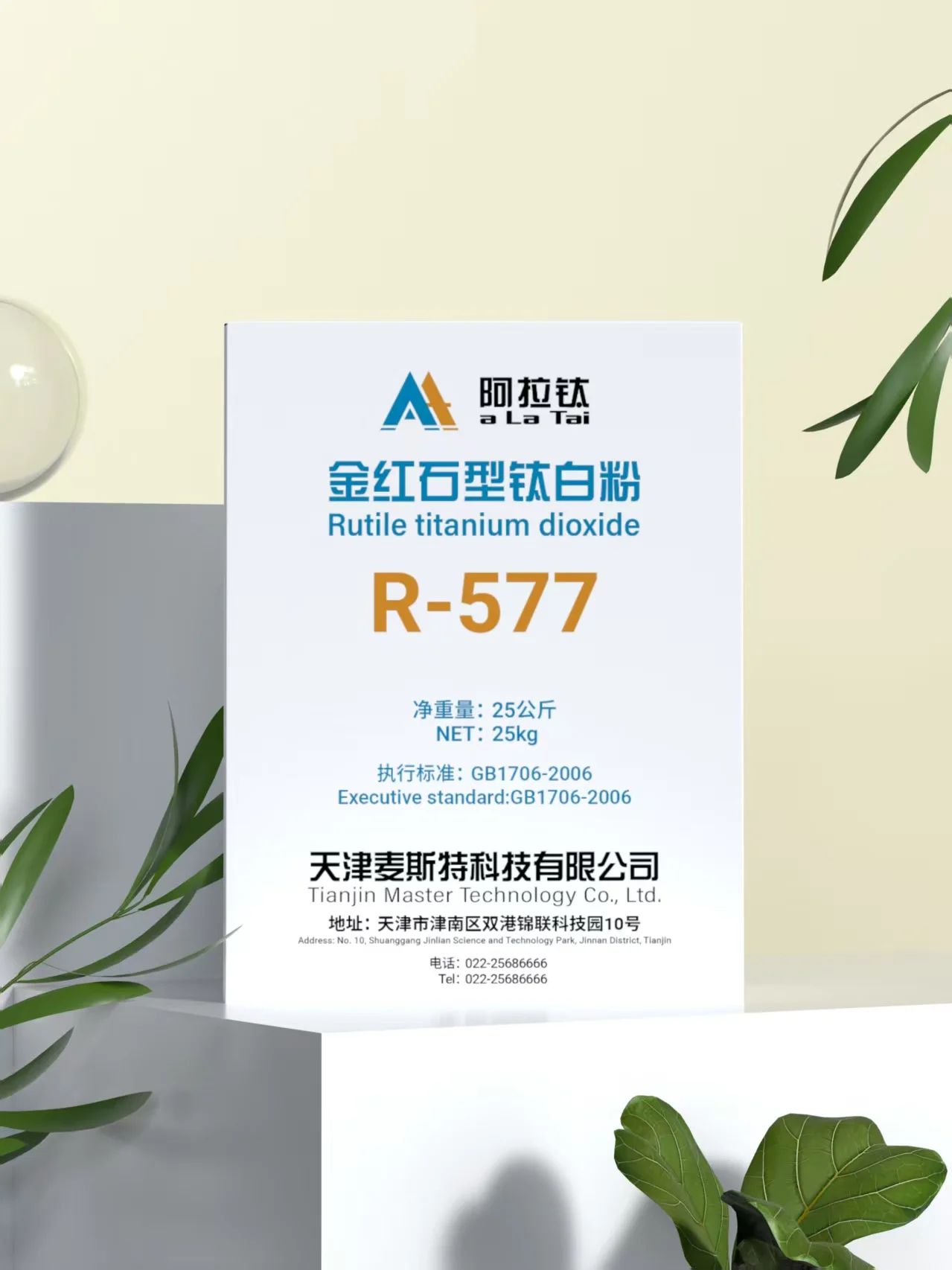- This topic is empty.
-
AuthorPosts
-
2025-11-04 at 2:57 pm #63632
Rutile titanium dioxide (TiO₂) is widely recognized for its remarkable properties, making it an essential component in various industries, particularly in paints and coatings. As a premium-grade pigment, rutile titanium dioxide enhances the aesthetic, functional, and protective qualities of paints. This blog will explore the role of rutile titanium dioxide in the paint industry, highlighting its applications, benefits, and the ongoing innovations that drive its use in modern coatings. In this blog post, ALATAI TIO2, a high quality rutile tio2 manufacturer, will share information on the application of titanium dioxide in paint industry, its benefits, etc.
What is Rutile Titanium Dioxide?
Rutile titanium dioxide is one of the two primary crystalline forms of titanium dioxide, the other being anatase. Rutile TiO₂ is characterized by its higher stability, optical properties, and durability, which makes it the preferred choice for high-performance coatings and paints. It is typically produced through either the sulfate or chloride method, with the latter yielding a purer product suitable for premium applications.
Key Applications of Rutile Titanium Dioxide in Paints
Rutile titanium dioxide serves several key functions in the paint industry, primarily as a pigment and a protective agent. Its superior opacity, whiteness, and light-scattering properties make it indispensable for both decorative and industrial coatings.
1. Pigmentation in Decorative Paints
The most common use of rutile titanium dioxide in paints is as a white pigment. Its high refractive index and light scattering ability contribute to the vibrant, opaque, and bright white finishes in decorative paints. This makes it ideal for interior and exterior coatings, including wall paints, primers, and finishes.
2. Enhanced Durability in Industrial Coatings
Beyond decorative paints, rutile titanium dioxide plays a crucial role in industrial coatings, such as those used on machinery, vehicles, and infrastructure. It improves the longevity of coatings by providing resistance to UV degradation, ensuring that the paint maintains its integrity under harsh environmental conditions.
3. Protective Coatings for Corrosion Resistance
In protective coatings, rutile TiO₂ helps in creating barrier layers that prevent rust and corrosion. Its incorporation into coatings used for steel, aluminum, and other metals offers enhanced protection in marine and automotive industries, where corrosion resistance is critical.

Why Rutile Titanium Dioxide is Preferred Over Anatase TiO₂
While both rutile and anatase titanium dioxide offer excellent whitening properties, rutile TiO₂ is typically preferred for paint formulations due to its superior features.
1. Better Optical Properties
Rutile titanium dioxide has a higher refractive index than anatase, which means it scatters light more effectively. This results in superior whiteness, opacity, and brightness in paints, making it an ideal choice for achieving a smooth, uniform finish.
2. Increased Stability and Durability
Rutile TiO₂ is more chemically stable than its anatase counterpart, especially when exposed to UV light and high temperatures. This ensures that paint colors remain vibrant and that the coating retains its protective properties over time.
3. Improved Resistance to Weathering
Paints formulated with rutile titanium dioxide tend to have better resistance to weathering. This makes it suitable for exterior applications where exposure to sunlight, rain, and temperature fluctuations could otherwise cause fading and degradation.
Innovations and Trends in Rutile Titanium Dioxide for Paints
As the demand for more sustainable and high-performance coatings increases, the paint industry is continuously exploring new ways to enhance the performance of rutile titanium dioxide. Innovations are focusing on improving its environmental footprint, efficiency, and functional properties.
1. Eco-Friendly TiO₂ Production Methods
The environmental impact of TiO₂ production has been a point of concern due to the use of hazardous chemicals and energy-intensive processes. However, recent innovations in the production of rutile titanium dioxide have focused on reducing the ecological footprint. The development of more eco-friendly chloride-based processes, as well as advances in recycling TiO₂ from waste streams, are key trends in this area.
2. TiO₂ in Self-Cleaning Coatings
One of the latest trends in the paint industry is the development of self-cleaning coatings that incorporate rutile titanium dioxide. When exposed to UV light, rutile TiO₂ acts as a photocatalyst, breaking down organic materials on the surface and keeping the coating clean. This technology has significant implications for exterior paints and coatings used in urban environments, where pollution and dirt accumulation are common problems.
3. Nano-TiO₂ for Enhanced Performance
Nanotechnology has opened new possibilities for rutile titanium dioxide, particularly in the field of advanced coatings. Nano-sized TiO₂ particles provide enhanced opacity, durability, and UV protection, leading to even more efficient and long-lasting coatings. These innovations are expected to drive the growth of high-performance paints and coatings across various sectors.
Future of Rutile Titanium Dioxide in Paints
Looking ahead, rutile titanium dioxide will continue to play a pivotal role in the development of paints and coatings that meet the growing demands for sustainability, durability, and aesthetics. As the paint industry evolves, the focus on improving the performance of TiO₂-based coatings through innovation, eco-friendly production, and functional enhancements will ensure that rutile titanium dioxide remains an indispensable material in the global paint market.
Conclusion
Rutile titanium dioxide is more than just a white pigment in the paint industry—it is a key enabler of high-performance coatings with applications ranging from everyday decorative paints to industrial coatings requiring high durability and protection. As the paint industry seeks more sustainable and innovative solutions, rutile titanium dioxide will remain at the forefront of these advancements. With its unique properties, the future of rutile TiO₂ in paints looks brighter than ever.
http://www.titanmastech.com
ALATAI TIO2 -
AuthorPosts
- You must be logged in to reply to this topic.